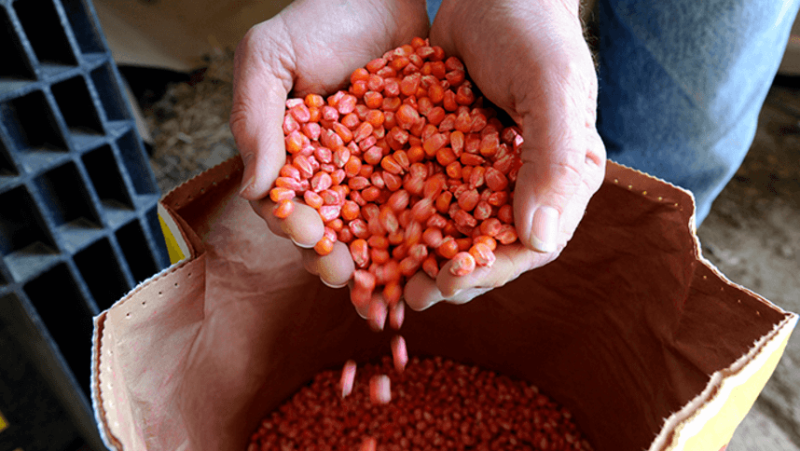One of the main lessons that emerged from Silent Spring is that we overuse pesticides at our own peril because human and natural environments are unquestionably linked. It is time to revisit these lessons given current use patterns of neonicotinoid insecticides.
Since their introduction in the early 1990s, neonicotinoids have become the most widely used insecticides in the world. Their toxicity allows less active ingredients to be used and, compared with older classes of insecticides, they appear to have relatively low toxicity to vertebrates, particularly mammals. Neonicotinoids have been repeatedly called “perfect” for use in crop protection.
Yet recent research calls this perfection into doubt as neonicotinoids have become widespread environmental contaminants causing unexpected nontarget effects. In particular, researchers have found that neonicotinoids can move from treated plants to pollinators and from plants to pests to natural enemies. Worse, transmission through simple food chains portends widespread, undocumented transmission into entire food webs.
We believe that neonicotinoids pose broader risks to biodiversity and food webs than previously recognized. Although further research is needed to document the ecosystem-wide transmission and consequences of neonicotinoids to establish their true costs and benefits, serious efforts must be made to decrease the scale of their use.
[Editor’s note: To learn more, visit GLP’s special section on pesticides and pollinators.]
…
DDT offers a close analogy to the current debate over neonicotinoids. By the time governments and companies had curtailed DDT use, the ecological and human health effects were indisputable and in some cases irreversible. Birds, such as California condors and peregrine falcons, are just recently emerging from near extinction, DDT or its metabolites still contaminate food and food chains around the world, and the majority of the U.S. population and people around the world have detectable DDT levels in their bodies. The extent to which these problems would have been curtailed by an earlier ban on DDT is unknown.
The full extent of environmental risk from neonicotinoids may not be known for years. If use is not voluntarily restrained, then regulation is the only hope. Otherwise, we risk a return to the toxic, simplified environment that prompted Silent Spring—a work that documents a history we should actively work to avoid repeating.































